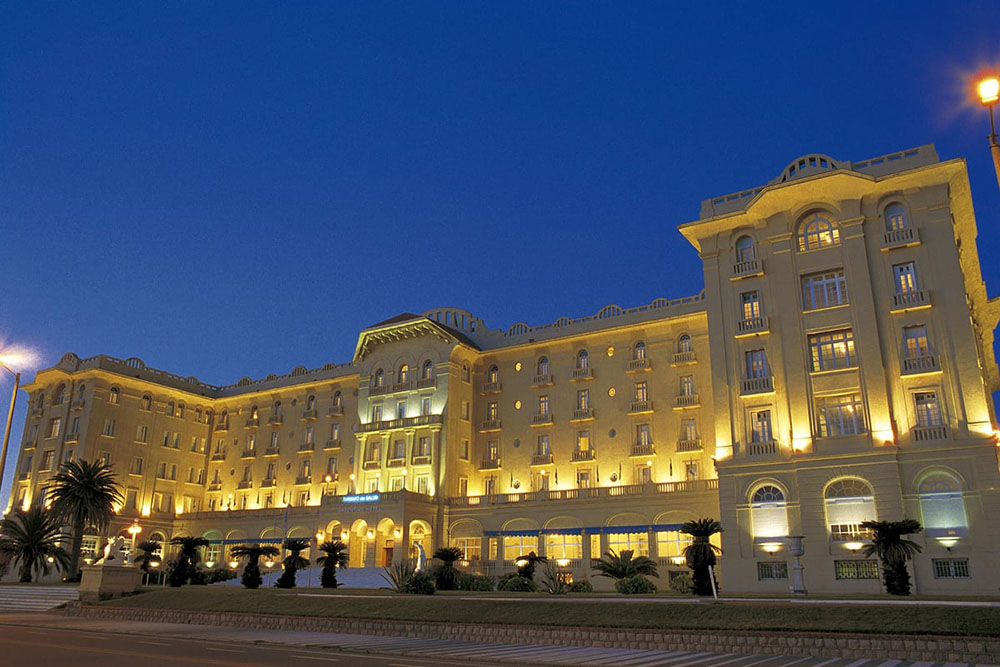
Still from The Whole World
The surprising trend in this year’s Architecture & Design Film Festival (ADFF) was Utopias. In addition to profiles of noted architects and designers such as Alvar Aalto, Albert Frey, and George Nakashima, the Utopian through-line was notable given the state of the world. Is this a hopeful sign? A way that designers and architects can help build a sustainable future? Defined as a “perfect imaginary world,” Utopia is derived from the Greek outopos meaning “nowhere,” and was first used by Sir Thomas More in his fictional book Utopia (1516), a socio-political satire about an ideal island society. Here’s how the films cast their Erewon visions.

From Charlotte Perriand, Pioneer in the Art of Living
The iconic French architect and designer Charlotte Perriand (1903-1999), a committed egalitarian and socialist who believed better design helps create a better society, is profiled in Charlotte Perriand, Pioneer in the Art of Living, directed by Stéphane Ghez. Her work relationship with Le Corbusier, in whose studio she headed up interiors, and where she designed her iconic chaise longue and 150-square foot living modules for the “functional city” (Cité radieuse at Unité d’habitation, Cité Universitaire de Paris), came to an end in 1936. To his dismay, she and artist Fernand Léger created a photomontage mural titled The Poverty of Paris to forward their communist ideals at the Salon des Arts Ménagers (Household Arts Show), instead of focusing on his atelier’s display.
Perriand finally got to build a socialist Utopia in the French Alps at the ski resort Les Arcs where she “designed the future.” Over 20 years into her 80s, Perriand laid out and built affordable, nestled, and car-free structures with limited impact on the environment using prefabrication and standardization. Co-founder and engineer Roger Gaudino reflects “I can’t help compare it to those Utopians who made tiny ‘Everyman’ cars. We had to fit tiny studios to accommodate entire families. There was a social Utopia in that.” Perriand says, “You mustn’t forget: the subject isn’t the object. Man is.”
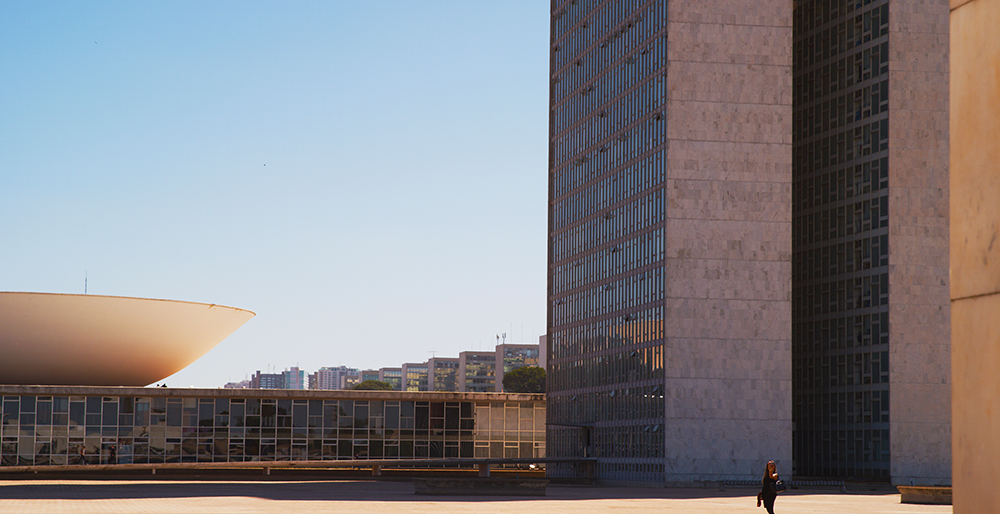
From A Machine to Live In
Another Utopia is Brasilia, the planned Brazilian capital city named for an asteroid opened in 1960, a “young city with an ancient history designed for the future.” Directors Yoni Goldstein's and Meredith Zielke's film A Machine to Live In posits the writings of Clarice Lispector, the Ukranian-Brazilian novelist who was unsettled by “the opening to another reality…Brasilia is an abstract city…..Brasilia is a splattered star,” against the thoughts of the capital’s chief architect, Oscar Neimeyer, and how the desire for myth and reason can be expressed in building Utopian spaces.
Brasilia has spawned a series of communes and subcultures: one dedicated to Esperanto, the constructed universal language, which has no leaders; Valley of the Dawn a duplicate Brasilia, founded by mystic Tia Neiva (the first female truck driver in Brazil); a Motorcycle club; and Braga City, a dorm community nearby.
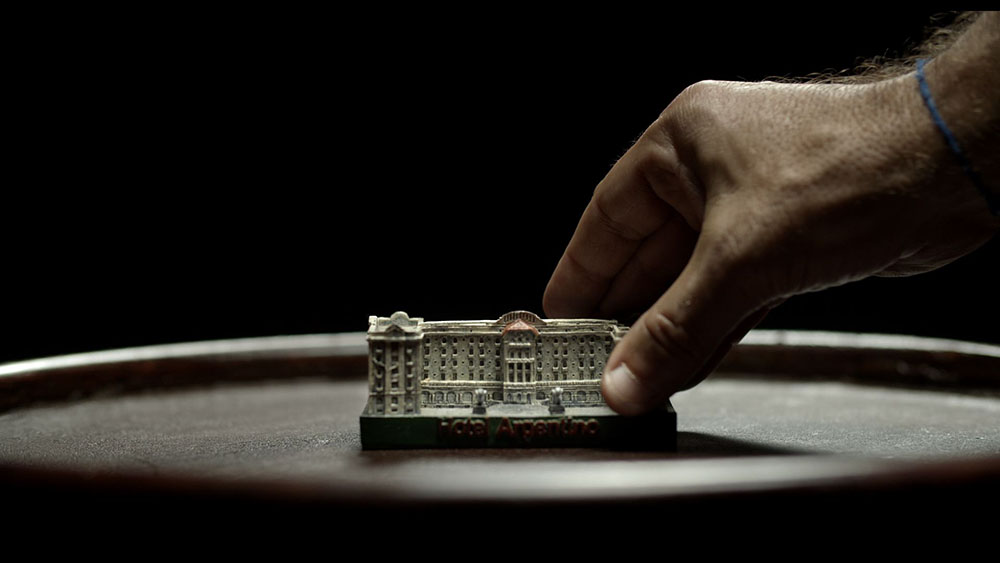
From The Whole World
The Whole World, directed by Sebastián Martínez, depicts the city of Piriápolis in Uruguary, conceived and constructed by Francisco Piria in the late 19th century as El Balneario del Porvenir (the Resort of the Future): “Piriapolis is nothing but the idea of one’s own world turned real.” A successful businessman, Piria bought vast tracts along the oceanfront because of its “energy spots” and medicinal waters. He not only developed the city, but becomes its ruler, its employer, and the law—Piria is sometimes called the Uruguayan Citizen Kane. His fanciful hilltop Castle of Piria, the vast Art Deco Hotel Argentino, and the coastal avenue Rambla are some of the landmarks of this seaside Eden. Piria wrote Uruguay’s first Utopian novel, El Socialismo Triunfante: Lo Que Será Mi País Dentro De 200 Años (The Triumphant Socialism: What My Country Will Become in 200 Years), where the hero takes an elixir that puts him in suspended animation to reawaken in 2098. There he finds a society with no religion, no borders, no taxes, no armies, no property, easy dissolution of marriage, and predicts audio speakers, photos on cell phones, solar energy and a “bomb bullet.” “Piria can be found in everything his iron will created. He was a man who had a dream, made it real and lived in it.”

From The Arch.: Four Continents. Nine Architects. One Journey. Copyright Scarabco Entertainment
From director Alessandra Stefani, The Arch.: Four Continents. Nine Architects. One Journey. chronicles the exploration of a character called Mr. Dada across the world to talk to architects about how to shape the world. A curiously curated selection of people and sites in Australia, China, Korea, Germany, Georgia, U.S., Canada and Mexico, the discussions center on architects as the people who imagine the future. Since the term “Dada” was first used by artists during WWI to denote the satirical and nonsensical, it puts a curious spin on the takeaways from these earnest conversations.
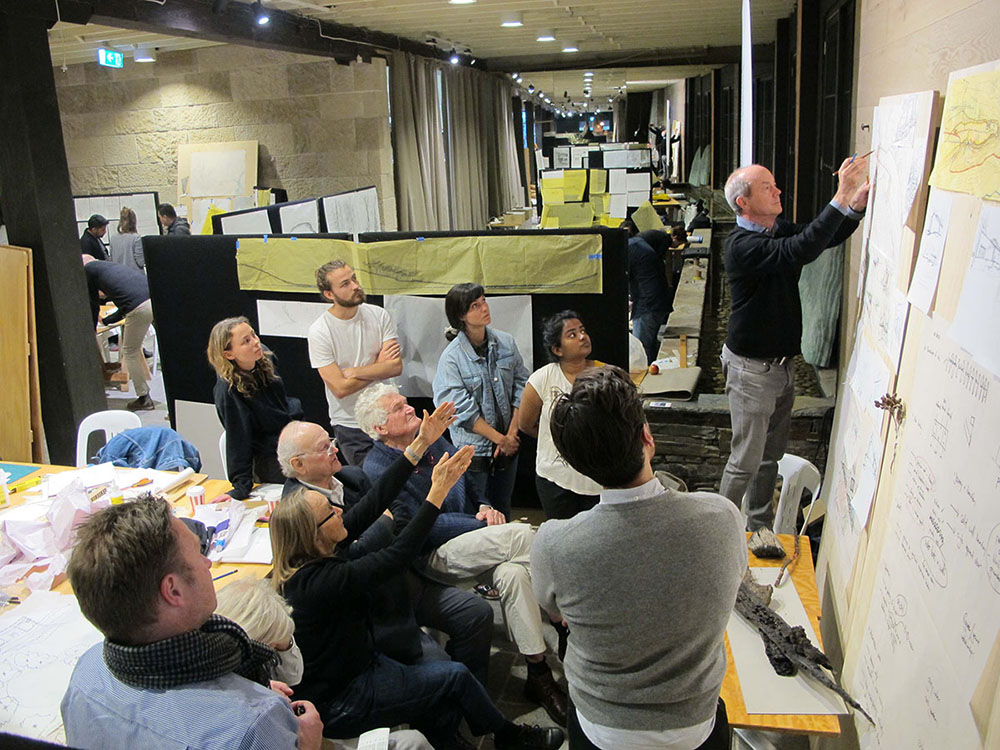
From Glenn Murcutt Master Class. Photo courtesy of Architecture Foundation Australia.
In Catherine Hunter's Glenn Murcutt Master Class, the Pritzker Award-winning Australian architect and colleagues gather students annually from around the world at a remote Arcadian retreat he designed, Riversdale, the Boyd Education Centre. They impart lessons of responsible architecture that respond to the environment, saying it’s “not talkitecture, it’s architecture,” to show the meaning, power and necessity for architecture.
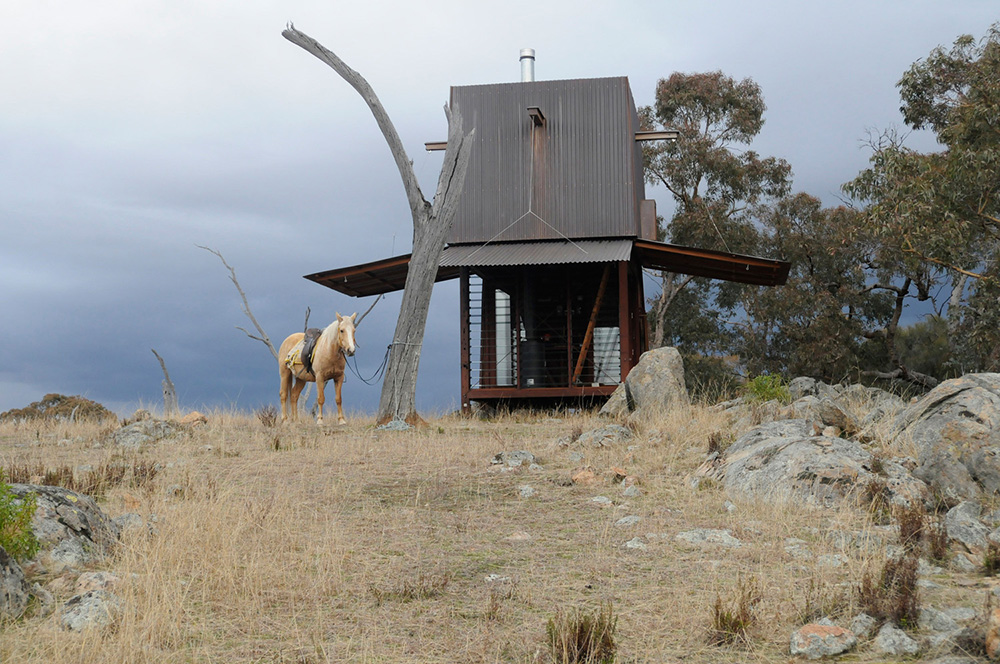
From Inspired Architecture: Permanent Camping. Image courtesy Casey Brown Architecture.
A tiny paradise designed by Casey Brown Architecture was created in Inspired Architecture: Permanent Camping, directed by Jim Lounsbury. A retreat for one person with a 10’X10’ footprint, this structure in remote Australia, is a 2-story tower with sides that fold down like garage doors or a “flower opening up to the sun,” made of recycled ironbark timber, clad in copper, constructed without nails or glue, and was completely prefabricated.
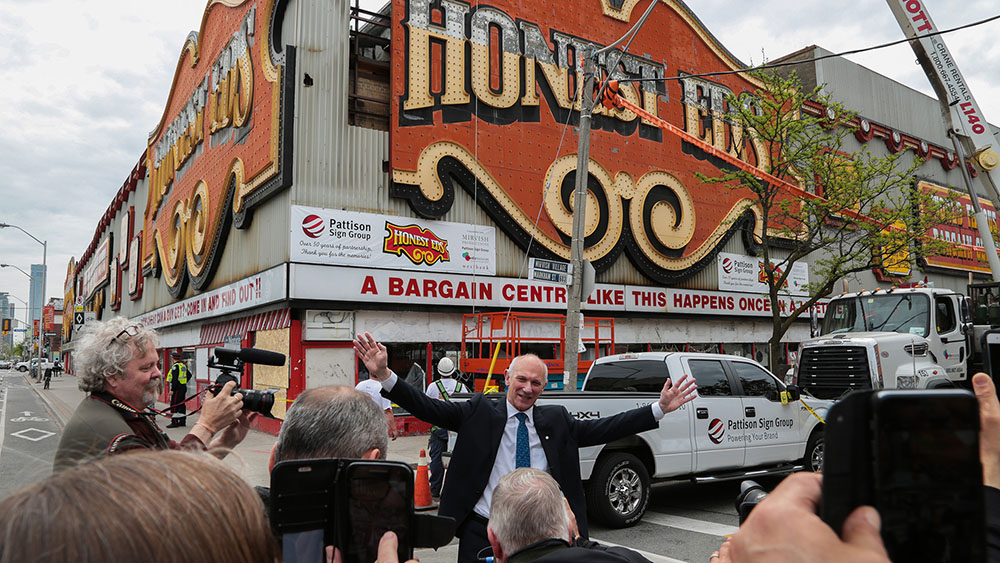
From There’s No Place Like This Place, Anyplace
On an urban scale, director Lulu Wei's There’s No Place Like This Place, Anyplace explores the transformation of one city block. The Toronto landmark discount “bargain house” Honest Ed’s, and the surrounding artists’ colony Ed created, Mervish Village, was to be redeveloped in the fastest growing city in North America. But how? We go through the process with politicians, residents and developers to find a balanced neighborhood, if not haven, as we remember their motto, “We’re not upper crust, but we save you dough.”
Viewing these films online at the cusp of the new year, it’s encouraging to think forward to sunnier days ahead.
